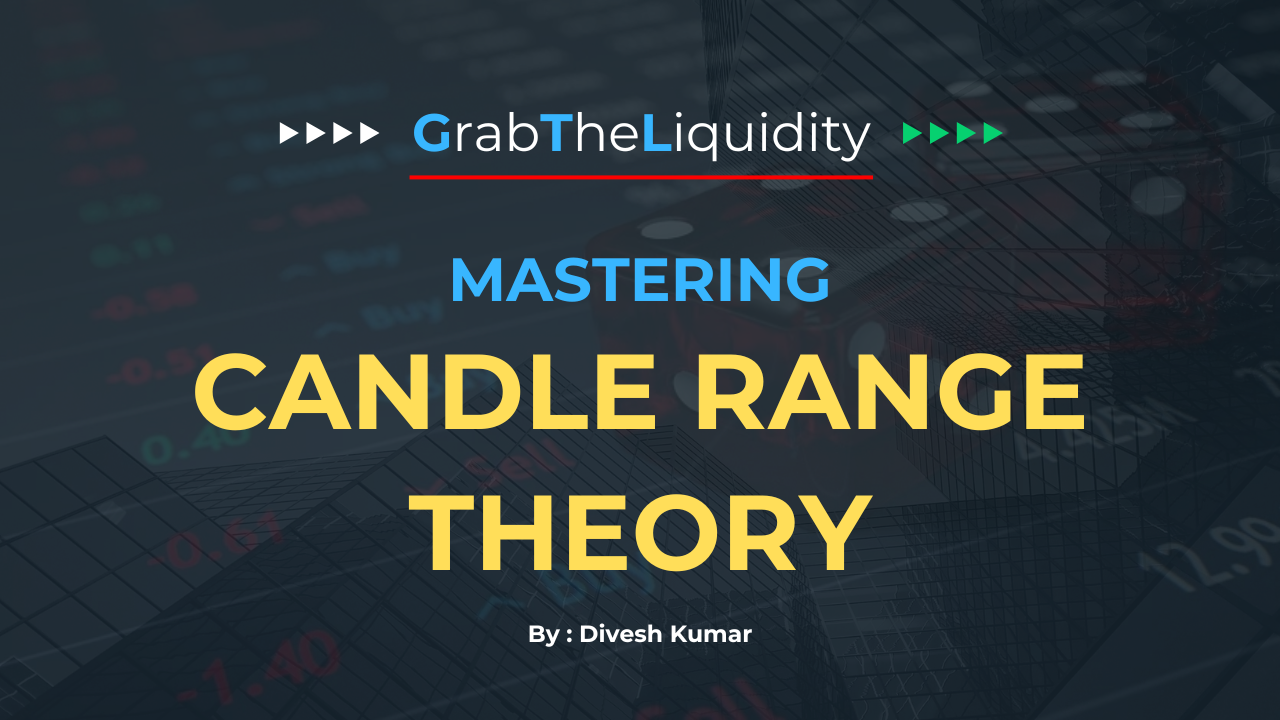Master Candle Range Theory
Candle Range Theory is a concept in price action trading that focuses on analyzing the range of individual candlesticks or groups of candlesticks to understand market sentiment, strength, and potential reversals. It involves observing the high-to-low range of candlesticks on a chart and interpreting how price movement within that range provides clues about market dynamics.
- Range Size
- Closing Price in the Range
- Volume Consideration & Execution
Candle Range Theory is a concept in price action trading that focuses on analyzing the range of individual candlesticks or groups of candlesticks to understand market sentiment, strength, and potential reversals. It involves observing the high-to-low range of candlesticks on a chart and interpreting how price movement within that range provides clues about market dynamics.
Candle Range Theory is a concept in price action trading that focuses on analyzing the range of individual candlesticks or groups of candlesticks to understand market sentiment, strength, and potential reversals. It involves observing the high-to-low range of candlesticks on a chart and interpreting how price movement within that range provides clues about market dynamics.
Key Points of Candle Range Theory:
- Range Size:
- Large Candle Range: Indicates strong momentum or high volatility, often associated with decisive market moves.
- Small Candle Range: Suggests indecision or consolidation, often preceding breakouts or reversals.
- Closing Price in the Range:
- Closing near the high signals bullish strength.
- Closing near the low signals bearish strength.
- Closing near the midpoint can indicate indecision.
- Relative Candle Ranges:
- Comparing consecutive candle ranges helps identify trends. Expanding ranges suggest increasing momentum, while contracting ranges may indicate weakening momentum or consolidation.
- Volume Consideration:
- High volume during large-range candles confirms strong participation and validates the move.
- Low volume with large candles might signal potential false moves or manipulation.
- Contextual Application:
- Use alongside support and resistance levels, trendlines, and patterns for enhanced decision-making.
- Combined with wicks (shadows) analysis to identify rejection levels or potential reversals.


